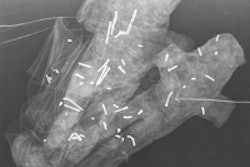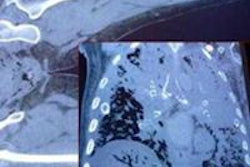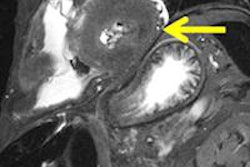Researchers in North Carolina say that CT data can be incorporated into an existing forensics database to help determine the ancestry and gender of unidentified remains.
Craniofacial surgeons could also benefit from the data, according to the study. Results were published in the January issue of the Journal of Craniofacial Surgery (Vol. 25:1, pp. 231-237).
Forensic anthropologists could use the data to map specific 3D coordinates on a skull and compare them with a database of biological characteristics using a software program developed for the study, said senior author Dr. Ann Ross, a professor of anthropology at North Carolina State University.
The comparison can reveal the ancestry and gender of unidentified remains using only CT data from the skull, which is particularly useful when working with incomplete skeletal remains, Ross said.
Traditionally, the size of the so-called 3D-ID database has been limited to contemporary skull data with clearly recorded demographic histories. The goal of the study was to determine if good skull coordinate data could be obtained from living people by examining CT scans; this, in turn, could produce a more robust database.
The researchers mapped coordinates for 48 skulls manually and compared the results with CT scan data. They found that eight coordinates on either side of the skull matched CT data, while five midline coordinates were less consistently accurate.
Additional research is needed to determine the cause of the inconsistencies and whether midline data from CT scans will be usable, according to the researchers. Better understanding of how CT scans map skull features could also help surgeons with reconstructive surgery.



















